The Alexander Calder projects that never left the drawing board
Curated by Hans Ulrich Obrist and designed by Renzo Piano, a new exhibition at Centro Botín explores the boundless possibilities of the artist’s unrealised commissions and sheds light on little-known stories within his oeuvre

Around 1946, Frank Lloyd Wright invited Alexander Calder to produce a colossal mobile that would become a permanent focal point of the Guggenheim’s central skylight, while the New York museum was still under construction. The caveat, however, was that the sculpture would have to be made from gold. Calder, who insisted on working with industrial materials, balked at the idea of using a precious metal (black, he said, would create a starker profile against the sky). When Wright threatened to withdraw the commission, Calder conceded: he would make the work in gold – but paint it black.
Although the mobile ultimately never came to fruition, Calder would later create The Spiral (1966), a motorised standing mobile with a spiralling top element made of industrial brass, that was exhibited at the Guggenheim in 1967. The work’s alternate title was No! to Frank Lloyd Wright. Calder enjoyed a close – and typically more friendly – association with nearly every great architect of the 20th century, from Mies van der Rohe to Eero Saarinen (surely an exhibition in itself). As a result, the fate of many of his public commissions was intrinsically tied to the completion of their projects.
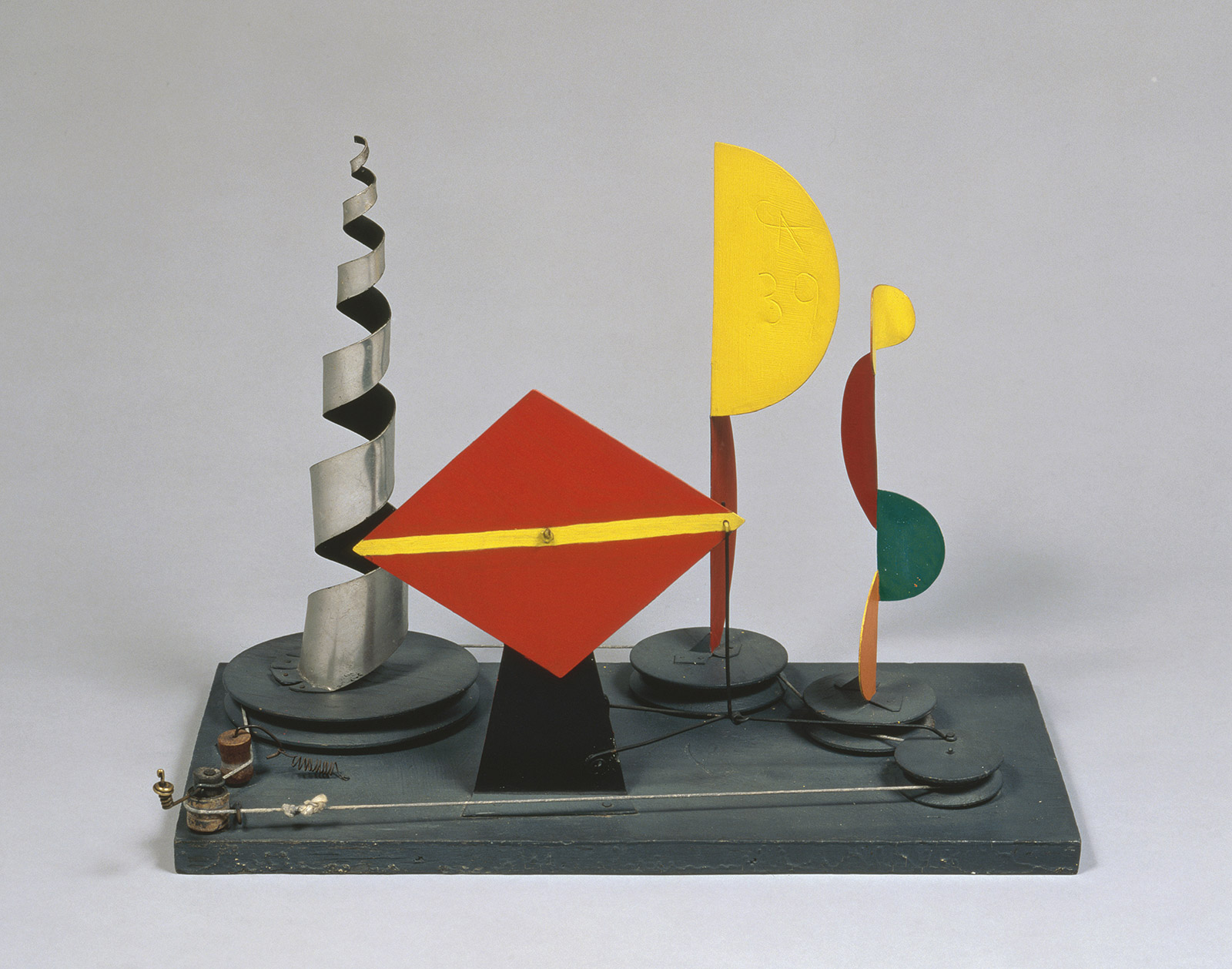
Untitled (maquette for 1939 New York World’s Fair), 1938, by Alexander Calder, sheet metal, wood, wire, string, and paint. © 2019 Calder Foundation, New York / VEGAP, Santander
Unlike unrealised architectural projects, however, unrealised artworks are rarely disclosed. Instead they belong to ‘a strange species of art’ that curator Hans Ulrich Obrist has actively been investigating and publishing since 1990. At Centro Botín, Obrist has applied his methodology to a late, great titan of 20th-century art for the first time. A major new exhibition, ‘Calder Stories’, considers the little-known aspects of the American artist’s oeuvre, from shelved or partially completed commissions, to anecdotes that trace the genesis of Calder’s celebrated projects.
The Renzo Piano-designed museum in Santander, Spain, with a spectacular south-facing view of the Cantabrian Sea, sets the stage for mobiles, bronze works, maquettes and Calder’s BMW Art Car – though the cavernous, light-filled space might not necessarily have appealed to the artist. ‘Calder is about intimacy – he really wants you to be close to his work and have a direct personal experience,’ says Alexander SC Rower, president of the Calder Foundation and the artist’s grandson, quipping, ‘Because Renzo Piano caused this problem, he had to solve the problem.’ And so the Pritzker Prize winner stepped in to design the exhibition in his very own museum, forming a ‘village’ of exhibits that each tell a story.
RELATED STORY

Among the unrealised projects is a series of sculptures originally destined for a new African habitat that architect Oscar Nitzchke was working on for New York’s Bronx Zoo in 1939. ‘The main idea was to put the tough guys (lions, etc) behind a moat,’ Calder once recalled. ‘We even had the visitors walking through an armoured tube. My objects, I felt, could replace trees, being iron they would be immune to animals’ claws.’ (Upon rediscovering the models in his garage 30 years later, Calder exhibited them for the first time at Perls Galleries, New York, in October 1970 to critical acclaim.)
Elsewhere, drawings related to Calder’s ‘ballet objects’ – including set designs for a proposed ballet with music by Harrison Kerr – come to life in digital animations specially commissioned for the exhibition. Keeping things in the family, Calder’s great-grandson Gryphon Rue has assembled a selection of modern and contemporary music that correspond sonically to the artist’s notations and animatic ballets. Calder’s interest in the kinetic potential of art manifested in other ways: he was invited to produce a fountain for the pool in front of the Consolidated Edison pavilion at the 1939 New York World’s Fair that would comprise a performance of jets of water choreographed as determinedly ‘as the movements of living dancers’. Although the jets were installed at the pavilion, the ballet was never executed.
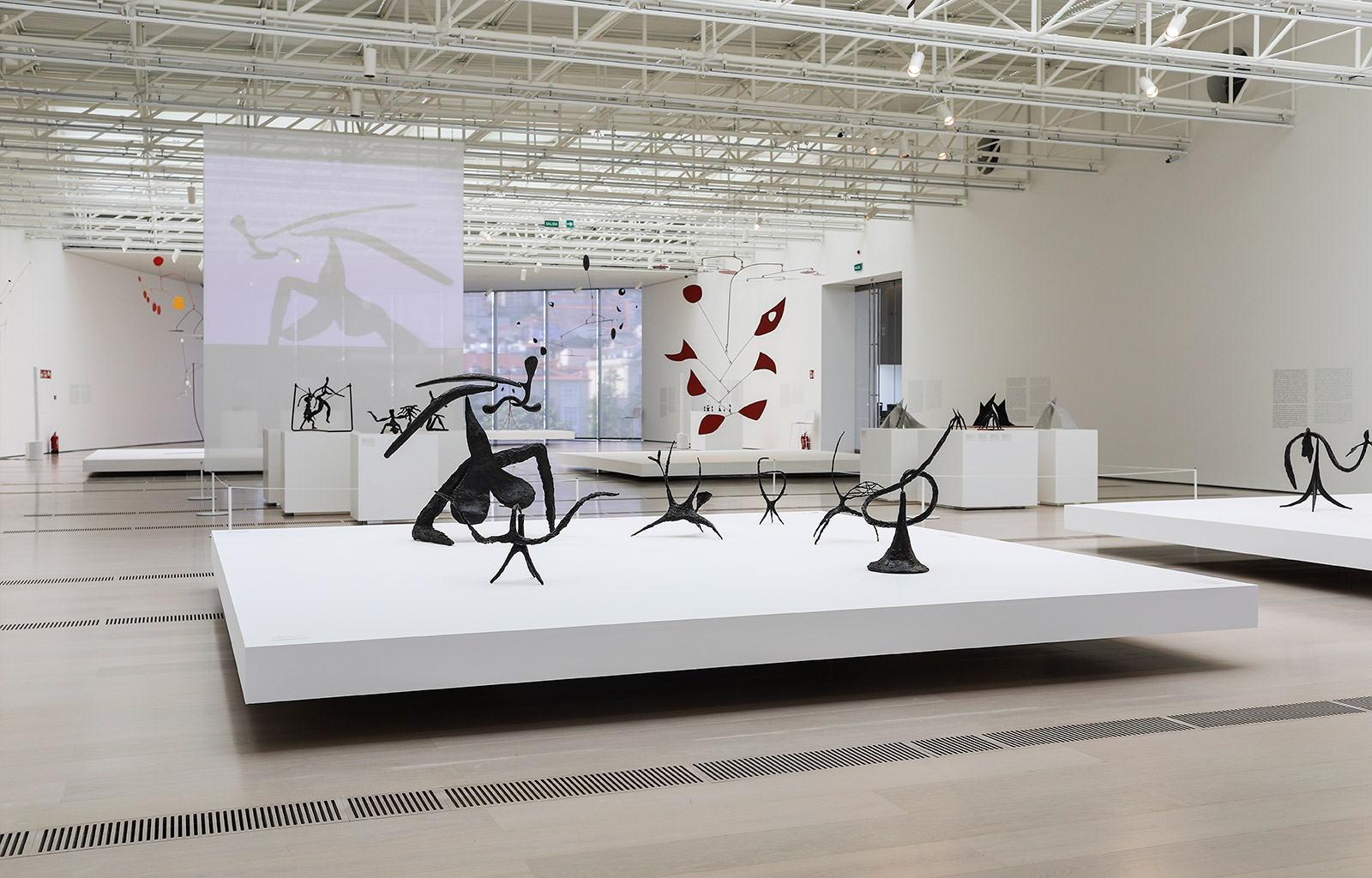
The exhibition was designed by Renzo Piano, architect of Centro Botín itself.
The exhibition, too, sheds light on the scale of Calder’s ambition. Concurrent with the New York Water Ballet commission, the artist worked on a series of maquettes to be adapted for an immersive kinetic sculptural environment that would tower over visitors as they interacted with the work. Although the project fell through, one of the maquettes was used in 1961 as the model for a commission from Stockholm’s Moderna Museet in Stockholm and realised as a permanent outdoor installation. Similarly, in 1944 Calder envisioned a series of bronze monuments measuring up to 40ft tall that were bound for an International Style architectural project (the modestly sized maquettes on display at Santander belie the artist’s intent).
There are few sentiments more compelling than ‘what if?’ – the notion of what could be, or what could have been. As the enigmatic Alexander Calder proves, there is more to the story.
Snake and the Cross, 1936, by Alexander Calder, sheet metal, wood, rod, wire, string, and paint. Following a visit to Piet Mondrian’s studio in Paris, Calder began to explore the frontal formality of painting rendered in three dimensions yet imbued with a kinetic. In Snake and the Cross, multicoloured elements oscillate in front of the defined area of a wooden frame, moved by the caprices of the air. © 2019 Calder Foundation, New York / VEGAP, Santander
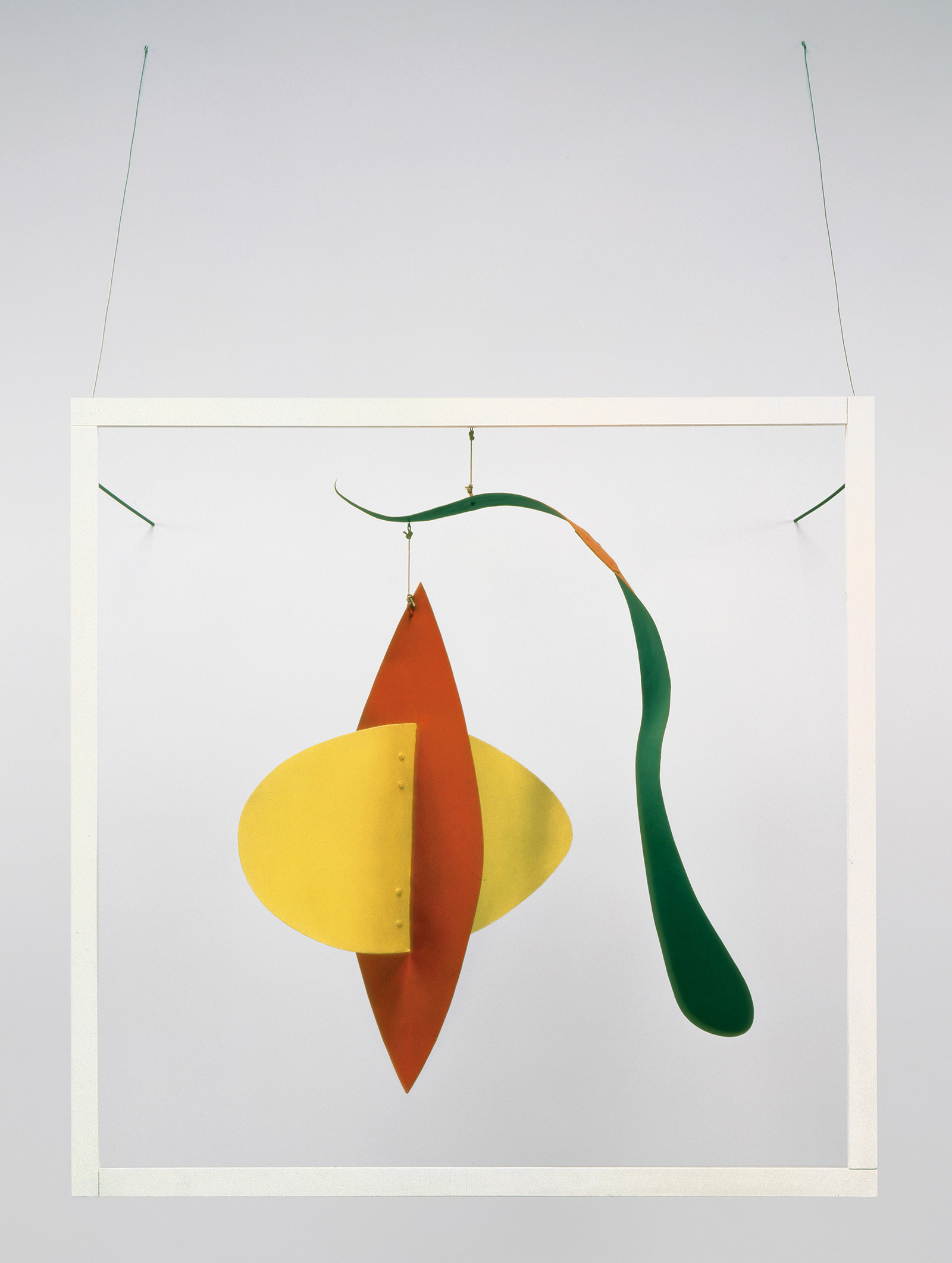

The Helices, 1944, by Alexander Calder, bronze sculpture in three parts. © 2019 Calder Foundation, New York / VEGAP, Santander.
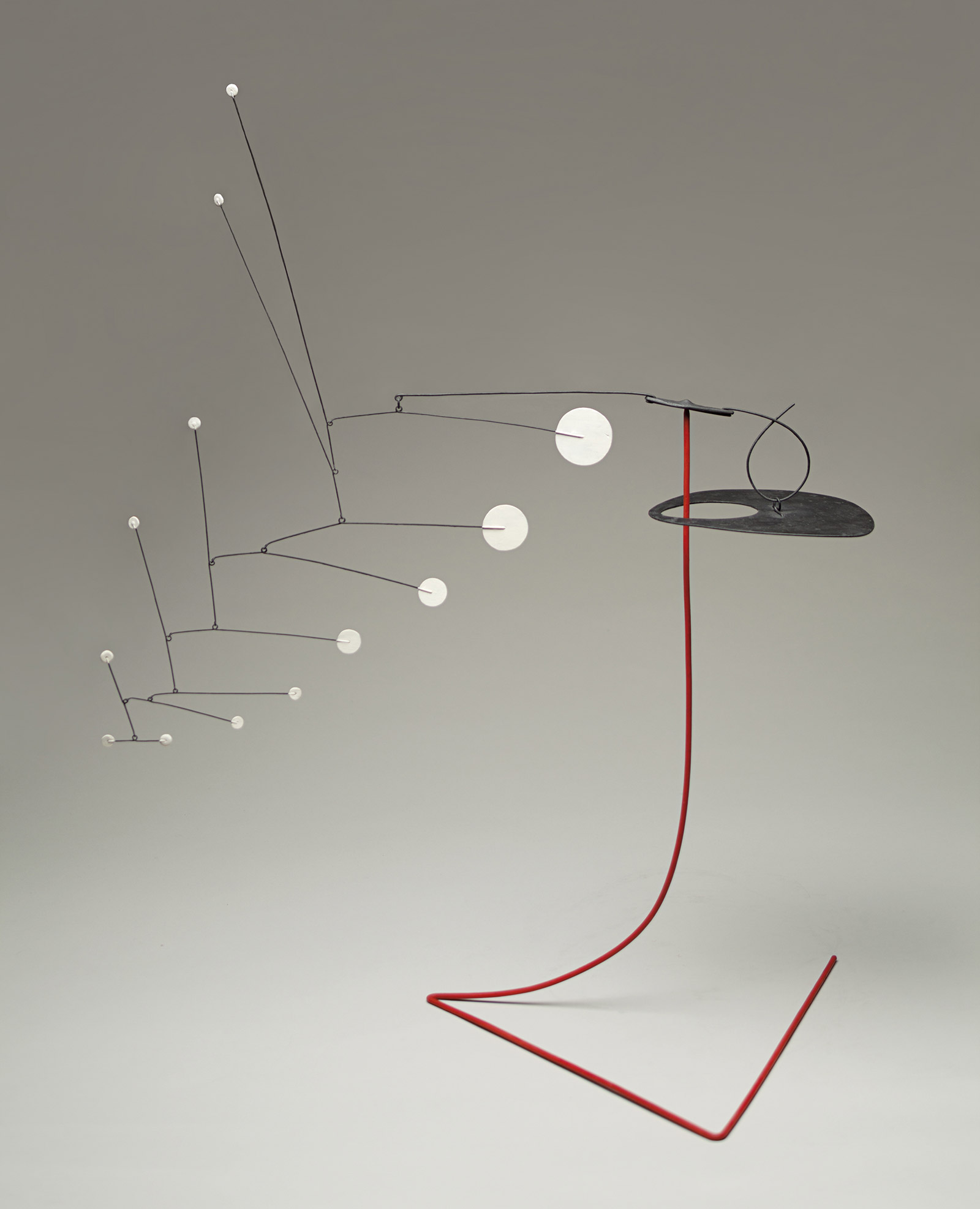
Red Stalk, 1955, by Alexander Calder, sheet metal, rod, wire, and paint. © 2019 Calder Foundation, New York / VEGAP, Santander
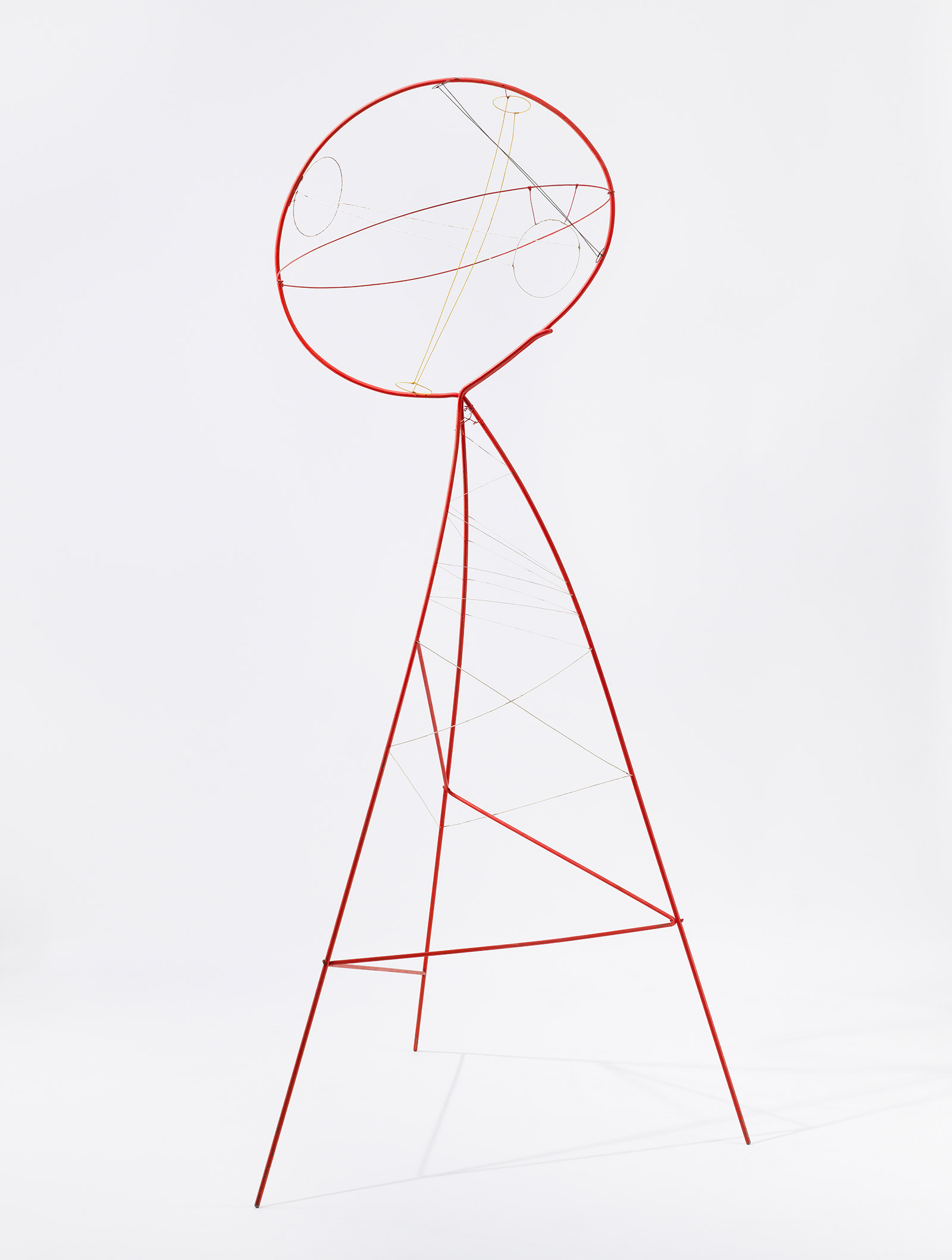
Sphere Pierced by Cylinders, 1939, by Alexander Calder, wire and paint. This work is one of five models created for a new African habitat at the Bronx Zoo in New York. © 2019 Calder Foundation, New York / VEGAP, Santander.
INFORMATION
‘Calder Stories’, 29 June – 3 November, Centro Botín. centrobotin.org
Receive our daily digest of inspiration, escapism and design stories from around the world direct to your inbox.
ADDRESS
Centro Botín
Muelle de Albareda s/n
Jardines de Pereda
39004 Santander
-
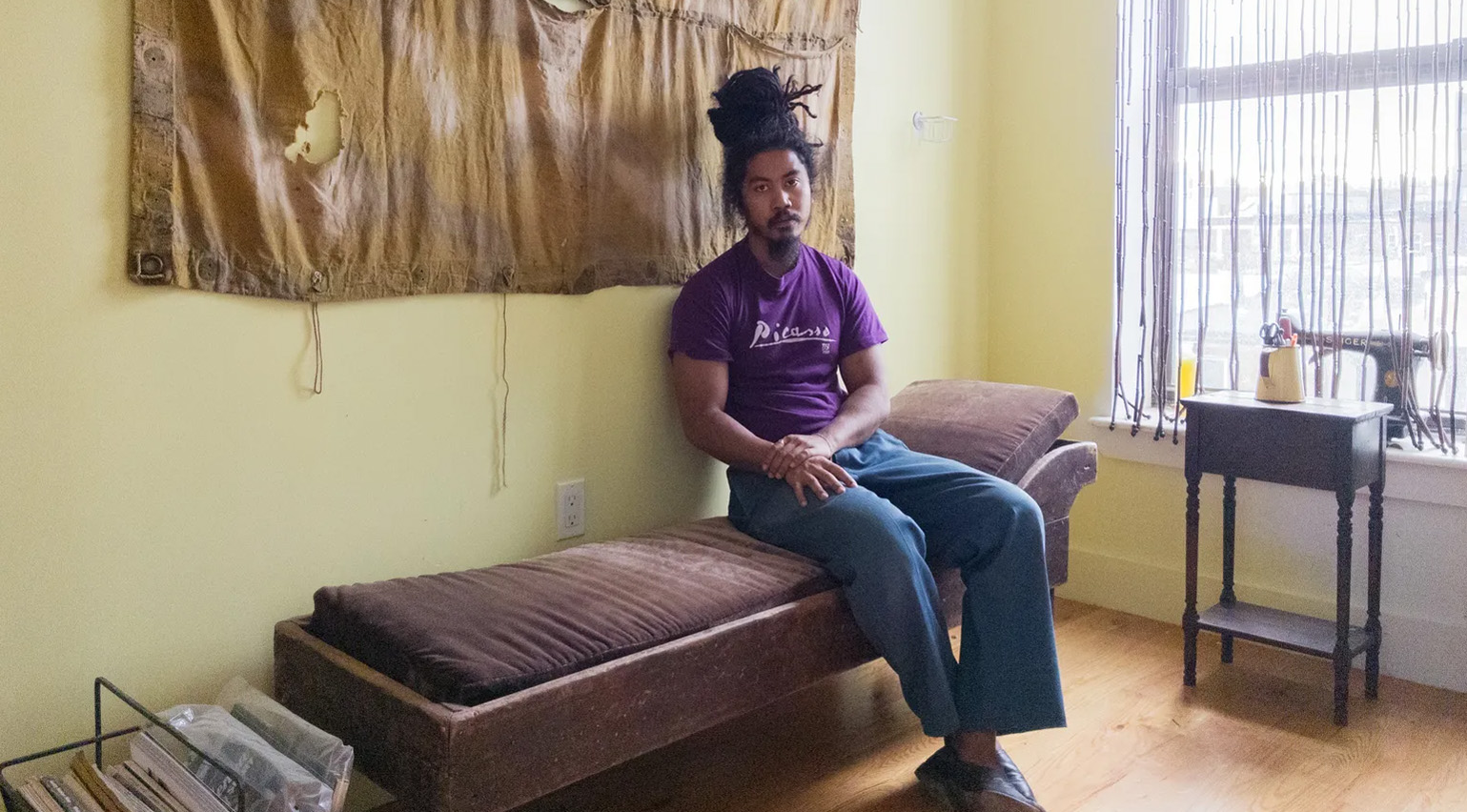 The rising style stars of 2026: Connor McKnight is creating a wardrobe of quiet beauty
The rising style stars of 2026: Connor McKnight is creating a wardrobe of quiet beautyAs part of the January 2026 Next Generation issue of Wallpaper*, we meet fashion’s next generation. Terming his aesthetic the ‘Black mundane’, Brooklyn-based designer Connor McKnight is elevating the everyday
-
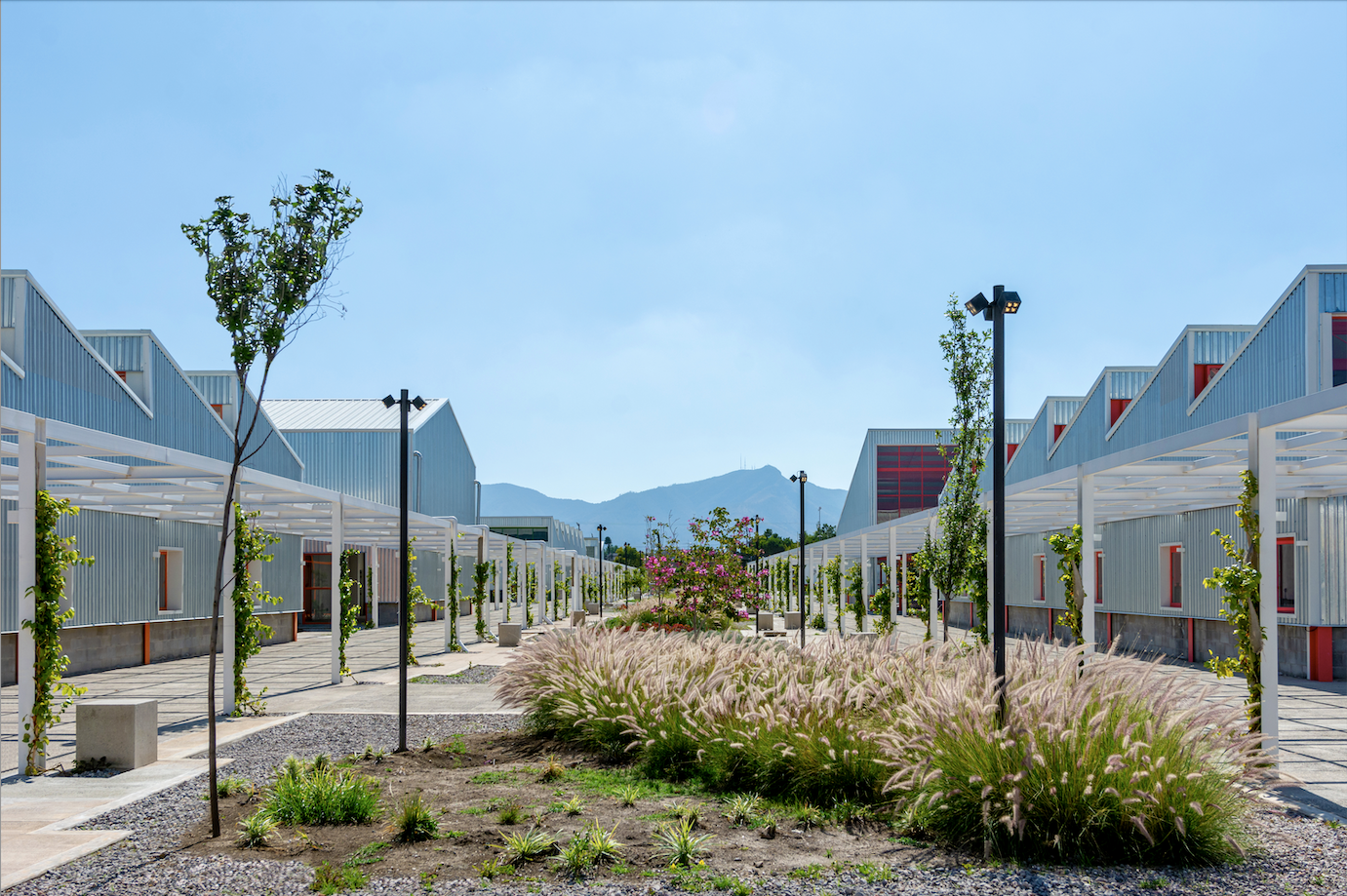 Mexico's Office of Urban Resilience creates projects that cities can learn from
Mexico's Office of Urban Resilience creates projects that cities can learn fromAt Office of Urban Resilience, the team believes that ‘architecture should be more than designing objects. It can be a tool for generating knowledge’
-
 ‘I want to bring anxiety to the surface': Shannon Cartier Lucy on her unsettling works
‘I want to bring anxiety to the surface': Shannon Cartier Lucy on her unsettling worksIn an exhibition at Soft Opening, London, Shannon Cartier Lucy revisits childhood memories
-
 Rolf Sachs’ largest exhibition to date, ‘Be-rühren’, is a playful study of touch
Rolf Sachs’ largest exhibition to date, ‘Be-rühren’, is a playful study of touchA collection of over 150 of Rolf Sachs’ works speaks to his preoccupation with transforming everyday objects to create art that is sensory – both emotionally and physically
-
 Architect Erin Besler is reframing the American tradition of barn raising
Architect Erin Besler is reframing the American tradition of barn raisingAt Art Omi sculpture and architecture park, NY, Besler turns barn raising into an inclusive project that challenges conventional notions of architecture
-
 What is recycling good for, asks Mika Rottenberg at Hauser & Wirth Menorca
What is recycling good for, asks Mika Rottenberg at Hauser & Wirth MenorcaUS-based artist Mika Rottenberg rethinks the possibilities of rubbish in a colourful exhibition, spanning films, drawings and eerily anthropomorphic lamps
-
 San Francisco’s controversial monument, the Vaillancourt Fountain, could be facing demolition
San Francisco’s controversial monument, the Vaillancourt Fountain, could be facing demolitionThe brutalist fountain is conspicuously absent from renders showing a redeveloped Embarcadero Plaza and people are unhappy about it, including the structure’s 95-year-old designer
-
 See the fruits of Niki de Saint Phalle and Jean Tinguely's creative and romantic union at Hauser & Wirth Somerset
See the fruits of Niki de Saint Phalle and Jean Tinguely's creative and romantic union at Hauser & Wirth SomersetAn intimate exhibition at Hauser & Wirth Somerset explores three decades of a creative partnership
-
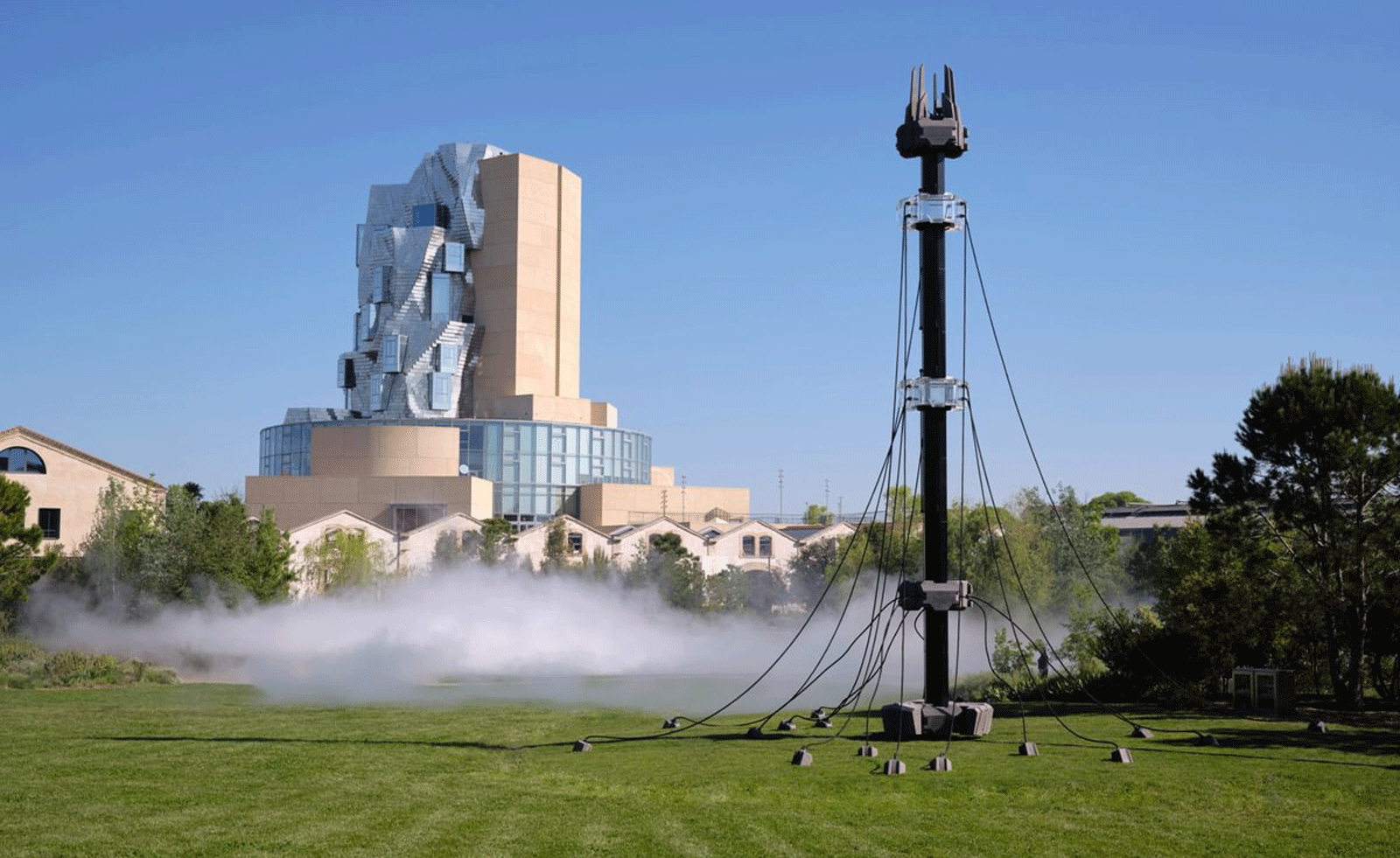 Technology, art and sculptures of fog: LUMA Arles kicks off the 2025/26 season
Technology, art and sculptures of fog: LUMA Arles kicks off the 2025/26 seasonThree different exhibitions at LUMA Arles, in France, delve into history in a celebration of all mediums; Amy Serafin went to explore
-
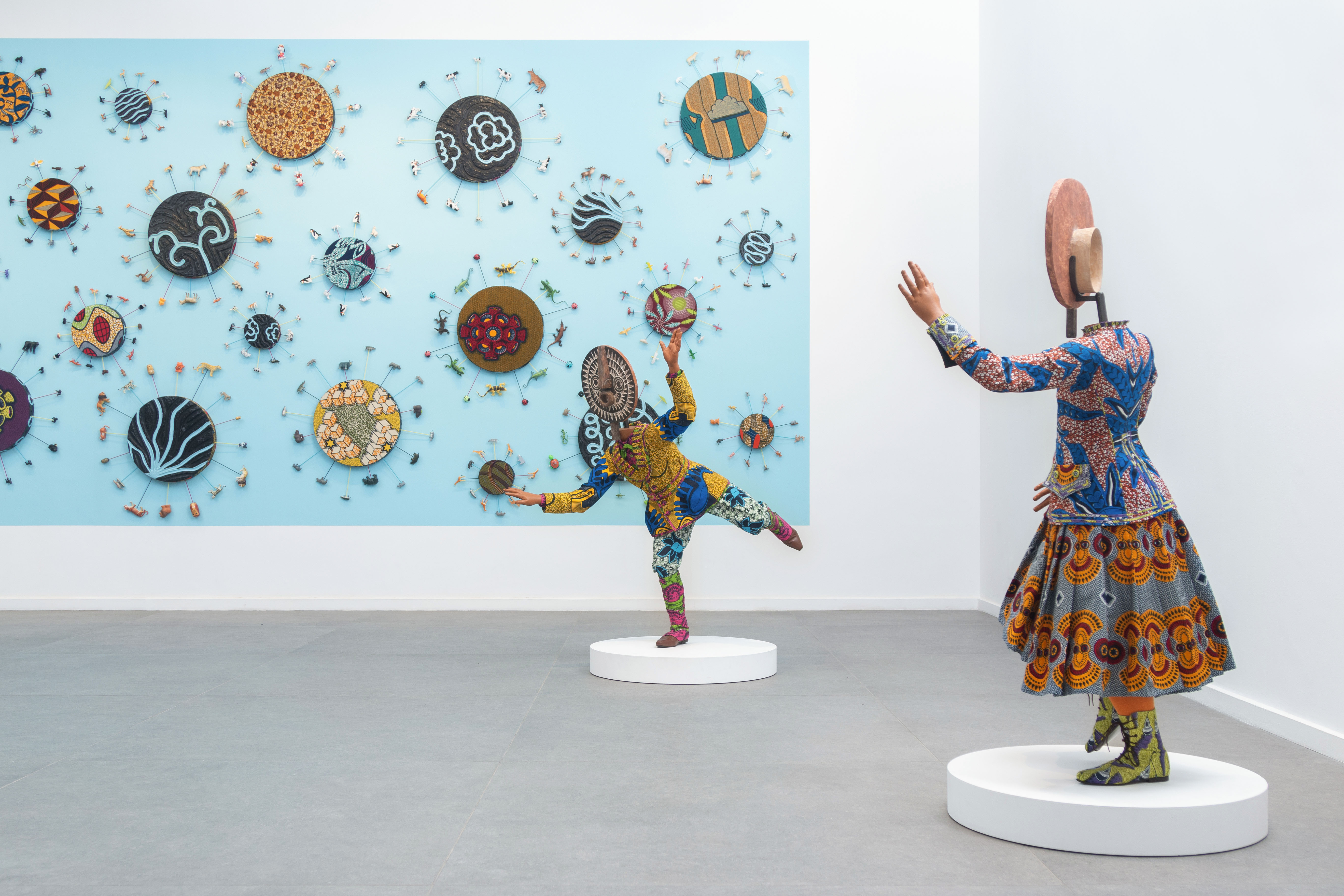 Inside Yinka Shonibare's first major show in Africa
Inside Yinka Shonibare's first major show in AfricaBritish-Nigerian artist Yinka Shonibare is showing 15 years of work, from quilts to sculptures, at Fondation H in Madagascar
-
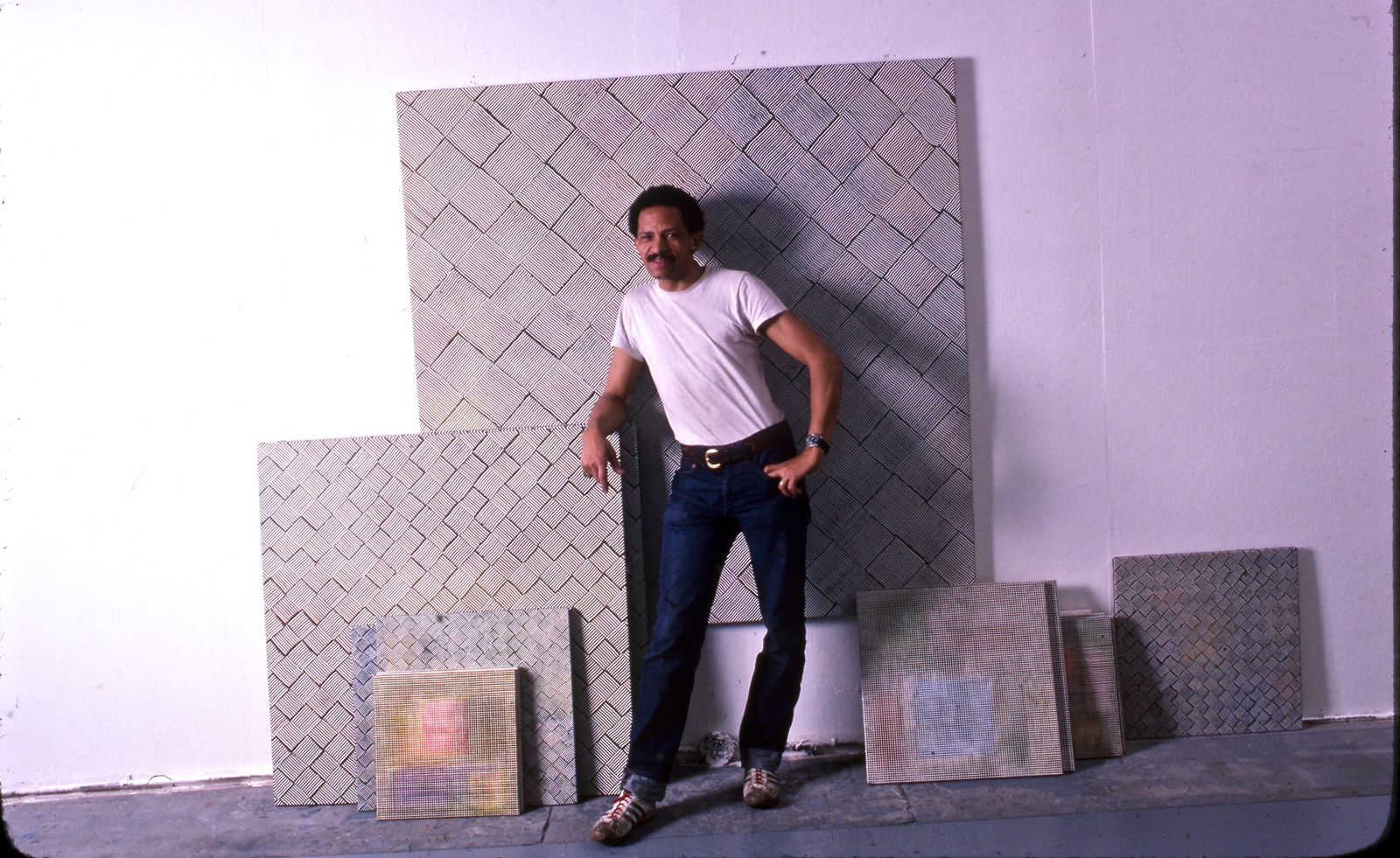 Inside Jack Whitten’s contribution to American contemporary art
Inside Jack Whitten’s contribution to American contemporary artAs Jack Whitten exhibition ‘Speedchaser’ opens at Hauser & Wirth, London, and before a major retrospective at MoMA opens next year, we explore the American artist's impact